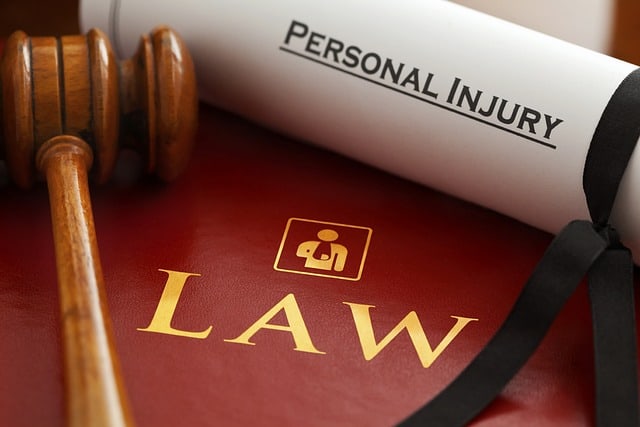In America, personal injury lawsuits are civil. You can sue the responsible party and get monetary compensation if you suffer an injury. Injuries can be both physical and psychological. They can result from negligence or malice.
Some personal injury lawsuits involve injuries from a car accident. If you get into a car accident in Texas, you can consult a Texas car accident attorney to understand the way forward.
Types Of Personal Injury Lawsuits
There are several types of personal injury lawsuits. Some common examples include the following;
-
Slip and fall accidents
-
Car accidents
-
Product liability
-
Animal Injuries
-
Construction accidents
Slip and Fall Accidents
If you slip and fall due to wet ground or objects on the floor, you can file a civil suit against the person responsible for the wet floor or obstacle. The property owner is responsible for any incident because of negligence, such as failing to put warning signs on wet surfaces.
Car Accidents
Many people suffer injuries during car accidents. If you suffer an injury during an accident, you can file a lawsuit against the car manufacturer, driver of the car, or any party that caused the accident.
You should always practice caution on the road to avoid a car accident, as most can be fatal. However, when one happens, consult with an attorney as soon as possible if you intend to file a personal injury lawsuit.
Product Liability
You can file a personal injury lawsuit if you experience harm due to a faulty product. Manufacturers are liable to ensure their products are safe to use.
Animal Injuries
People are responsible for the animals they keep. You can sue the owner to pay for the hospital bills if you get an animal injury, such as a dog bite. The lawsuit can involve any other damages resulting from the injury.
Construction Accidents
The law requires all contractors to make their construction sites safe. You can sue if you suffer an injury at a construction site due to the owner’s negligence. Bodily harm could be from falling objects or holes in the ground.
Burden of Proof
In personal injury lawsuits, the plaintiff has the burden of proof. If you suffer harm and decide to sue the responsible party, you must prove to the court the defendant is accountable for your injuries.
You must provide evidence to prove your injury, such as medical records. You should also provide proof of the defendant’s role in your injuries. In personal injury lawsuits, the burden of evidence falls into the following categories;
-
Injury: You need to prove that the defendant’s actions or negligence resulted in your harm.
-
Non-compliance: Provide proof that the defendant failed to comply with their legal obligation and, as a result, you suffered an injury.
-
Responsibility: It requires you to prove the defendant failed to perform their obligations leading to your injuries.
-
Damages: The court will require you to provide proof you suffered damages due to the injuries, such as the hospital bills you had to pay.
Understanding the burden of proof in personal injury lawsuits is crucial, as it can significantly impact the outcome of your case, similar to how it affected the credit one bank lawsuit settlement, where plaintiffs had to demonstrate specific damages.
Conclusion
Personal injury lawsuits compensate you for the physical and psychological injuries caused. Get a good attorney to ensure you get sufficient compensation.


